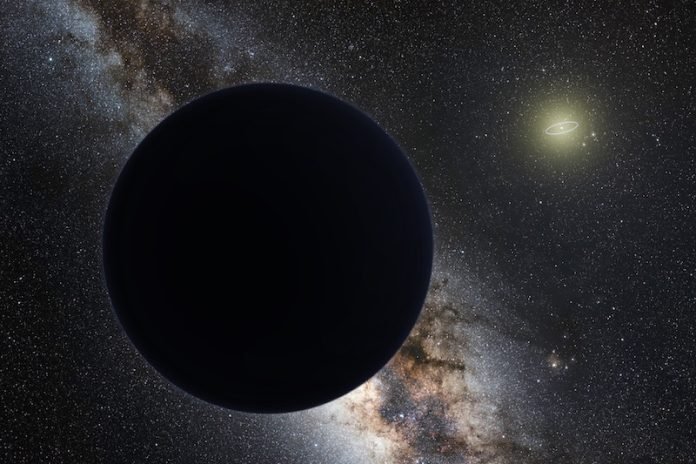
As students advance to higher and higher physics courses, they eventually learn that the simple Newtonian dynamics they learned about in early classes aren’t completely accurate models for understanding the universe.
If things get too big or fast, they fall into the realm of relativity, or if they get too small, they get caught up in quantum mechanics.
However, simple Newtonian dynamics does the trick for things ranging from how a baseball flies to how planets orbit the Sun.
At least until it doesn’t. Recently, some astronomers have suggested that they would have to modify the Newtonian dynamics they know so well to understand more complex events.
Modified Newtonian Dynamics (or MOND) theory has already been proven accurate for things like understanding galactic rotation. But what about using it closer to home?
Many lay people, and even many astronomers, believe that there is a Planet 9 out there. As proof, they point to the orbital mechanics of a class of Kuiper Belt Objects (KBOs).
Tracing these frozen asteroids throughout the solar system, it seems many of their movement could be explained if there were a giant planet about five times the size of Earth and about 500 times farther away from the Sun.
From a pure data perspective, they are right. However, this theory has one big hitch – no one has found planet nine. Or at least they haven’t yet.
And with more and more powerful telescopes coming online, at some point, the absence of evidence does indeed become evidence of absence.
But Katherine Brown of Hamilton College and her co-author Harsh Mathur of Case Western Reserve University think they have another plausible explanation.
They believe MOND can explain why the orbital paths of these KBOs seem so strange compared to the rest of the bodies in the system.
MOND is particularly good at modeling the pull our galaxy’s core has on bodies in the solar system. For planets and asteroids closer to the Sun, our star has a much stronger gravitational stranglehold on those closer objects than on some farther away.
However, as an object increases in distance from the Sun, the galactic core’s gravitational forces start to take control of its orbital path. Drs Brown and Mathur believe there are two manifestations of this extrasolar gravitational pull.
First, the objects have their major axes aligned toward the galactic core. The second manifestation is that their minor axes aligned perpendicularly to the same galactic core.
Observations of more and more KBOs have proven that their orbits fit these manifestations to a “t.” In other words, the orbital mechanics of KBOs that have sparked so much speculation about Planet 9 can be explained entirely by modifying calculations to consider the gravitational pull of the galactic core.
That might not seem as fulfilling of an answer compared to discovering a new planet.
However, it is an elegant solution that considers our best theories of gravity’s workings in the universe. Plenty of even more powerful telescopes are coming online in the near future that will help determine what is causing the orbital mechanics of these KBOs.
No matter if it’s another planet or a fundamental rethink of how we consider gravitational physics, it will represent another step forward in humanity’s understanding of our universe.
Follow us on Twitter for more articles about this topic.
Source: Andy Tomaswick/Universe Today.



